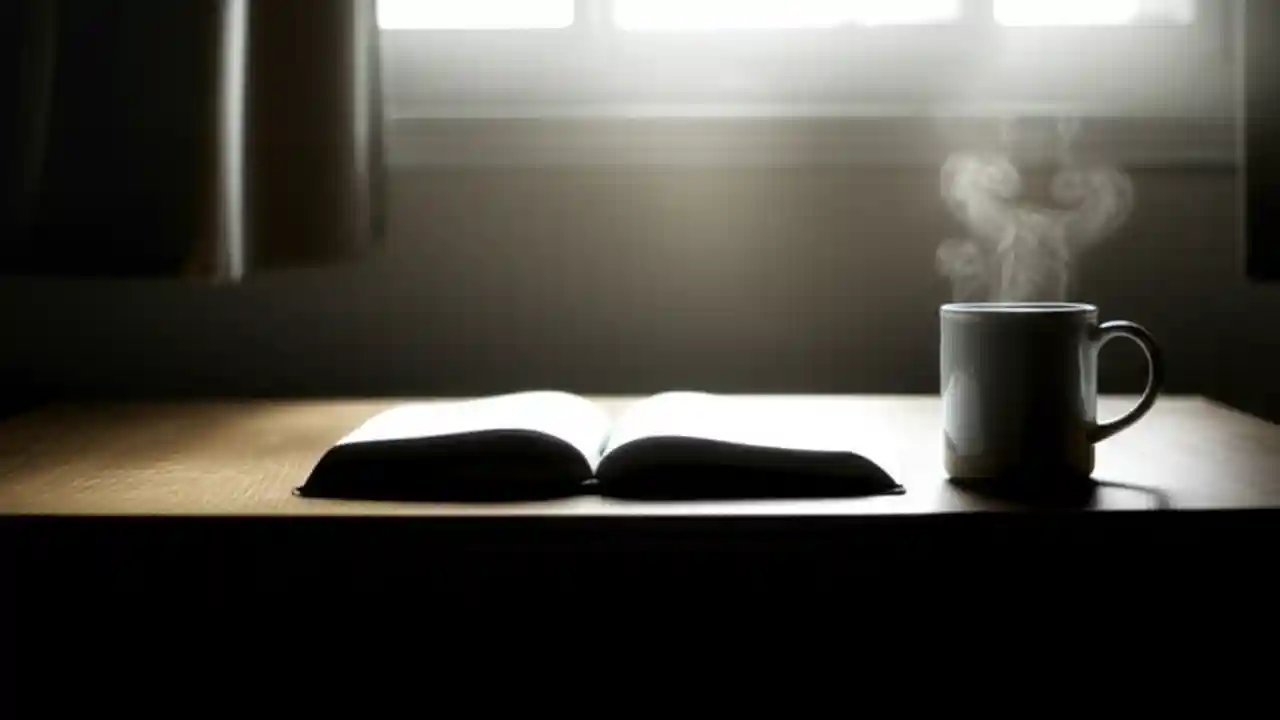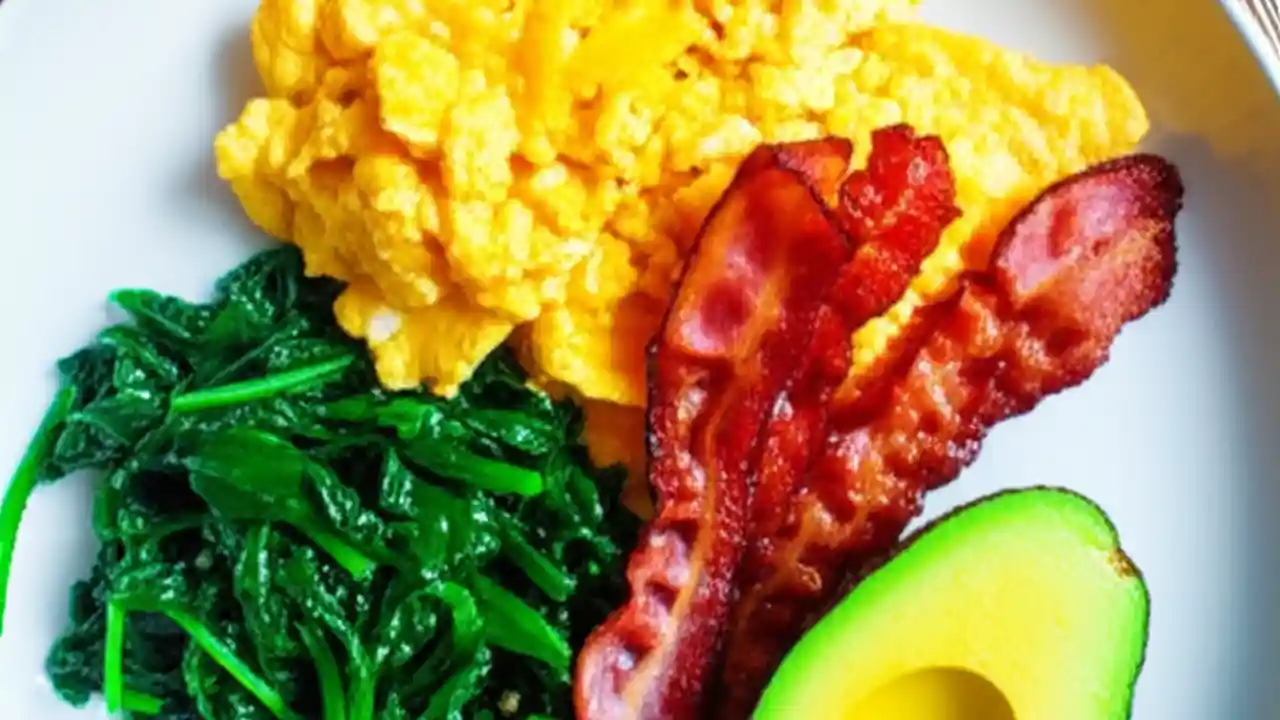The best method for organizing your bookshelves ultimately depends on your primary goal. For pure function and easily finding any book, organize alphabetically by the author’s last name. For a visually stunning, design-focused look, arrange your books by color. For a more personal and serendipitous experience, group them by genre or theme.
As someone who has been arranging and rearranging collections for over two decades, I’ve learned that there isn’t one “perfect” system. Your bookshelf is a reflection of you—your mind, your history, your aspirations. It can be as orderly as a library or as wonderfully chaotic as a creative’s studio.
This guide is designed to be your definitive resource. We’ll move beyond the basics and explore a variety of bookshelf organization ideas, from the hyper-practical to the beautifully aesthetic. We’ll help you find the perfect method that not only tames your collection but also brings you joy every time you look at it.
Table of Contents
Getting Started: The Pre-Organization Checklist
Before you even think about which system to use, a little prep work will make the entire process smoother and far more satisfying. Think of it as creating a clean canvas. Rushing this stage is the most common mistake I see people make.
Step 1: The Great Book Purge (Declutter First!)
This is the most crucial, and sometimes most difficult, step. You need to take every single book off your shelves. Yes, every one. This allows you to see the full scope of your collection and handle each book individually.
Create three piles:
- Keep: These are the books you love, reference often, or genuinely plan to read. Be honest with yourself.
- Donate/Sell: Books you’ve read and won’t reread, or books you know you’ll never get to. Local libraries, schools, thrift stores, or sites like PangoBooks are great options.
- Undecided: For the books you’re struggling with. Box them up, label the box with today’s date, and store it. If you haven’t thought about or needed a single book from that box in six months, you can let it go without regret.
Step 2: Clean Your Shelves and Assess Your Space
With the shelves empty, give them a thorough dusting and cleaning. This is a fresh start. Now, look at your space. Are the shelves adjustable? Do you have enough room for your “Keep” pile, plus a little extra for future additions? This is the time to decide if you need more shelving before you start organizing.
Step 3: Gather Your Organizing Tools
You may not need anything extra, but having a few tools on hand can elevate your organization. Here’s a quick list of potential helpers:
| Tool | Purpose | Pro Tip |
|---|---|---|
| Sturdy Bookends | To keep rows of books from toppling over. | Choose heavy ones for large hardcovers. Invisible acrylic bookends are great for a minimalist look. |
| Shelf Risers | To create a second “row” on a deep shelf, making back-row books visible. | You can use specialized acrylic risers or even small, sturdy boxes or wood blocks. |
| Book Darts or Flags | To mark your favorite passages or your “to-be-read” books within a collection. | These are less damaging than dog-earing pages and look neater than sticky notes. |
| Label Maker | For those who opt for a genre or Dewey Decimal system. | A small, clear label on the edge of the shelf can be incredibly helpful. |
Functional & Practical Bookshelf Organization Methods
If your main priority is finding a specific book quickly, these logical, time-tested systems are your best bet. They are the workhorses of the book organization world.
The Classic: Alphabetical by Author
This is the system most people think of first. It’s straightforward, logical, and makes finding books by a particular author a breeze. I used this method for years when my collection was primarily fiction.
How to do it: Simply arrange your books from A to Z based on the author’s last name. For authors with multiple books, you can then alphabetize them by title or arrange them by publication date.
Best for: Readers with large fiction collections, people who remember authors better than titles, and anyone who wants a no-fuss, library-style system.
The Librarian’s Choice: Organizing by Genre or Subject
This is my current preferred method. It turns your bookshelf into a personal bookstore, where you can browse by mood. Feeling like a thriller? Head to that section. Need a recipe? Go to the cookbook shelf.
How to do it: First, define your categories. Don’t be afraid to get specific. Instead of just “Non-Fiction,” you could have “History,” “Science,” “Biographies,” “Art,” and “Self-Improvement.” Once grouped, you can alphabetize by author or title within each genre.
Example Genres You Might Use:
- Contemporary Fiction
- Sci-Fi & Fantasy
- Mystery & Thriller
- Classic Literature
- History
- Business & Finance
- Cookbooks
- Poetry
- Graphic Novels
For the Chronologist: Organizing by Publication Date or Timeline
This is a fascinating method for history lovers or those who enjoy seeing the evolution of a subject or author. You can organize your entire collection by publication year, or you can organize books about history in chronological order of the events they describe.
For example, a shelf of Roman history books would start with books on the Republic and end with books on the late Empire, regardless of when the books themselves were published. It creates a narrative on your shelf.
Best for: History buffs, academic collections, and readers who enjoy seeing literature evolve over time.
The Dewey Decimal System: Should You Use It at Home?
Let’s be clear: for 99% of home libraries, the Dewey Decimal System is major overkill. It’s a complex numerical system designed to classify all the world’s knowledge for massive public libraries. However, for some, the challenge and order it provides is its own reward.
If you have a very large, diverse non-fiction collection and you love systems, it could be a fun, lifelong project. But for most, grouping by general subject is far more practical and just as effective.
Aesthetic & Creative Bookshelf Organization Methods
If you view your bookshelf as a piece of decor—a central, artistic feature of your room—then these methods are for you. They prioritize form over pure function.
The Rainbow Shelf: Organizing by Color
This is easily the most visually dramatic and controversial method. Arranging books by the color of their spines creates a stunning gradient effect that can tie a whole room together. I once tried it for a year; it was beautiful, but I admit finding a specific book was a challenge.
How to do it: Group your books by spine color. You can follow the ROYGBIV (Red, Orange, Yellow, Green, Blue, Indigo, Violet) pattern, then finish with black, grey, and white. It requires a lot of books to pull off well.
The Big Trade-off: It looks amazing, especially on social media. The downside is that it completely ignores author, title, and genre, making book retrieval a matter of memory. It works best for people who are highly visual or who don’t need to access specific books frequently.
The Designer’s Touch: Organizing by Size and Height
This method focuses on creating a pleasing visual rhythm. By arranging books by height, you can create gentle slopes or a “city skyline” effect on your shelf. This is often combined with other techniques, like mixing in horizontally stacked books to act as platforms for small decorative objects.
How to do it: Place your tallest books on the ends and work your way down to the shortest in the middle, or vice-versa. Mix it up by laying a few attractive hardcovers on their side and using them as a base for a small plant or photo frame.
The Storyteller’s Shelf: Thematic and Autobiographical Organization
This is the most personal and intuitive method. It’s about organizing your books by the story they tell about *you*. You might have a “Books That Changed My Life” shelf, a “College Reading” section, or a shelf of books given to you by loved ones.
Another variation is to group books that you associate with each other, even if their genres are different. Perhaps a novel set in Paris sits next to a French cookbook and a travel guide. It makes no sense to anyone else, but it’s *your* story.
How to Incorporate Decor on Your Bookshelves
A bookshelf doesn’t have to be just books! Breaking up the rows of spines with other objects makes it feel more curated and personal. Here are a few simple rules:
- Vary Orientation: Stand most books vertically, but stack a few horizontally. This creates visual interest and platforms for other items.
- Use the Rule of Threes: Group decorative objects in odd numbers, particularly threes. A small plant, a candle, and a photo frame look more balanced than just two items.
- Add Life: A small, low-light plant like a snake plant or pothos can add a touch of green and soften the hard lines of the books.
- Layering: Place smaller objects or framed art in front of the books. This adds depth and a sense of personality.
Comparative Analysis: Which Method is Right for You?
Still undecided? This table breaks down the most popular methods to help you choose the one that fits your collection and personality.
| Method | Best For… | Pros | Cons | Effort Level |
|---|---|---|---|---|
| Alphabetical by Author | Fiction lovers, large collections, finding books quickly. | Simple, logical, infinitely scalable. | Can separate series, visually chaotic with different book sizes. | Low |
| By Genre/Subject | Diverse collections, mood readers, discovering similar books. | Intuitive browsing, keeps related topics together. | Defining genres can be subjective, requires more initial sorting. | Medium |
| By Color (Rainbow) | Visual appeal, design-focused individuals, making a statement. | Stunningly beautiful, a true decorative feature. | Makes finding a specific book very difficult. | Medium |
| By Size/Height | Aesthetically-minded people, smaller collections, curated shelves. | Creates visual balance and flow, allows for decor. | Separates authors and genres, not practical for finding books. | Low |
| Thematic/Autobiographical | Sentimental readers, telling a personal story with your collection. | Deeply personal, sparks memories and connections. | Completely illogical to anyone but you, impossible to find things. | High |
Solving Common Bookshelf Problems
Even with the perfect system, you might run into some common challenges. Here’s how to tackle them.
How Do I Organize a Large Book Collection?
For truly massive collections (I’m talking thousands of books), you’ll likely need to combine systems. You might organize by broad genre (Fiction, History, Science) and then alphabetize by author within each section. For very large collections, consider using a digital cataloging app like LibraryThing or Goodreads to keep track of what you own and where it is.
What’s the Best Way to Organize Books in a Small Space?
When floor space is limited, think vertically. Tall, narrow bookshelves (often called “book towers”) or ladder shelves are fantastic. Floating shelves are another great option, allowing you to use empty wall space above a desk or bed. Be ruthless in your decluttering—in a small space, every book needs to earn its spot.
How Should I Handle My “To-Be-Read” (TBR) Pile?
Ah, the ever-growing TBR pile. The key is to contain it. Don’t let it spread randomly throughout your home. Designate a specific shelf, a basket, or a small bookcase just for unread books. This keeps them visible (so you don’t forget them) but separate from your main, organized collection. Some people even organize their TBR pile to help them decide what to read next!
Should I Mix Hardcovers and Paperbacks?
This depends entirely on your chosen system. If you’re organizing alphabetically or by genre, you’ll almost certainly have to mix them, and that’s perfectly fine. If you’re organizing by size, you’ll naturally separate them. A common designer trick is to have a dedicated shelf for smaller mass-market paperbacks, as they can look messy when mixed with larger books.
Conclusion
Organizing your bookshelves is a deeply personal journey. There is no single “best” method, only the one that works best for you, your space, and your collection. Whether you choose the flawless logic of an alphabetical system, the stunning beauty of a rainbow shelf, or a quirky system all your own, the goal is the same: to create a home for your books that is both functional and a source of joy.
Don’t be afraid to experiment. Live with a system for a few months. If it’s not working, change it! Your collection will evolve, and so will the way you organize it. The most important thing is to create a space that makes you want to reach out, pull down a book, and get lost in its pages.












